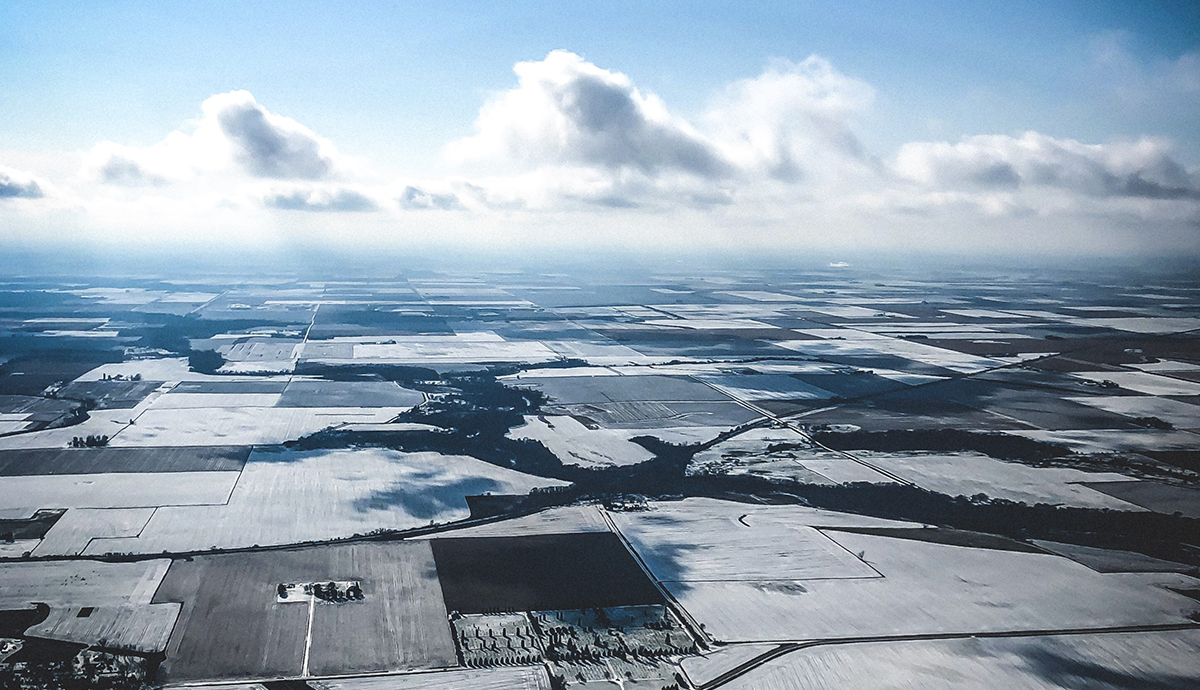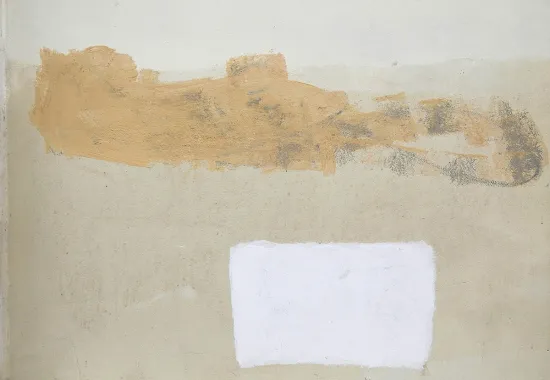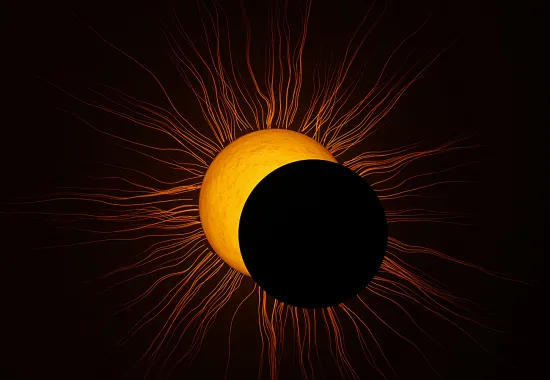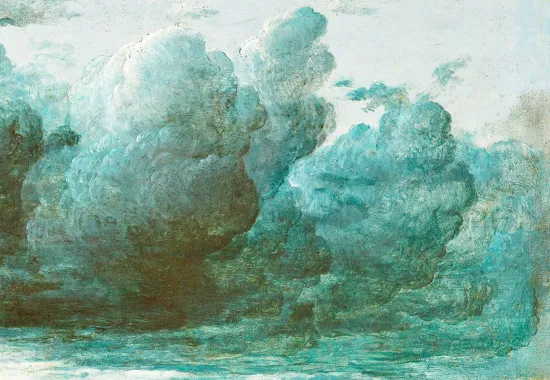Why I've Never Eaten a McDonald's Hamburger
It’s not because they are any worse or any better than other hamburgers, I imagine, but because there are so many of them. Fifty billion, or whatever the number sold is now, is obscene. And they destroy small restaurants, diners and cafes, places that have charm and variety, places that take time in preparation and service. Once in class, I was relating this story when a student said, “You’re lying.” “What?” “You ate Happy Meals when you were a kid.” “Really? This may be shocking, but when I was a kid there were no McDonald’s. In fact, there wasn’t even T.V.” But there was The Owl Café, and The Fresh Air Bakery, and Mae’s Best.
I read an article years ago about a couple who drove from San Francisco to Boston taking the route through the northern states, then down the coast to Florida and back to San Francisco taking the southern route. To see if it was possible, to see how the landscape had changed, they had Big Macs every day for lunch and stayed at a Holiday Inn every night. It wasn’t hard.
So, what’s the point? If you’re traveling to Boston, wouldn’t you want to sample the conch soup? In New Orleans, oysters and dirty rice, Cajun food? In Texas surely you want to try barbecue, and in Seattle, salmon and geoduck. But if you want to eat at McDonald’s every day and stay every night in a Holiday Inn, why travel at all?
Once when Marvin Bell spoke to my students, he recalled the following quatrain by Antonio Machado.
Four Things That Are No Good At Sea
Anchor
Rudder
Oars
And a fear of going down
Now, one would think that an anchor would be necessary to stay in one place and a rudder to steer the boat toward your destination. Oars would be needed for propulsion and, of course, if you fear drowning you wouldn’t get on the boat. Marvin’s view is that you should abandon yourself to the medium. Let the tides and winds and storms take you to new places. Why go to the same islands all the time? The same things apply when writing. Let yourself go. As the cliché goes, write what you didn’t know you knew.
A couple of years ago I was on a panel at GET LIT (pretty good name for a gathering of writers, don’t you think?) in Spokane, and a man stated that he didn’t understand what we were writing and he liked the old poems such as The Night Before Christmas and Mother Goose. I didn’t respond, didn’t think of my reason to avoid McDonald’s or relate the Machado poem until, naturally, after the panel broke up. And I should have said that Mother Goose will always be there. One poem doesn’t replace another.
Back to my days before T.V. What did we do? Went outside in the light or rain or snow and played flies up and kick the can, built tree forts and snow forts, fought each other with snow balls, pine cones and green apples and pears. We didn’t go home until after dark when our mothers would call us in with that high two-syllable shout that passed for our names. I don’t think that’s all nostalgia. I think that habit, sameness, never leaving the house, is destructive, deadening, and has no place in art of any kind.
I live in Seattle and across the street is the Phinney Market Pub & Eatery. It might hold fifty patrons, tops, but the food is fresh, the preparation inventive and original; the copper ceiling is inviting, the chairs mismatched and comfortable, and I love it there.
I realize that fast food places are inexpensive and handy. And everywhere. They have a role to play, but I don’t want them to fill every neighborhood in America and, it seems, the world, at the exclusion of small, often family owned, interesting, refreshing places to eat. If America is to be beautiful then it must involve our differences in writing, painting, dialogue, architecture, you name it, and where we spend our time dining, drinking and living.
Tom Brush has published over one hundred poems and a few stories in Poetry, Poetry Northwest, Shendoah, Crazy Horse, The Iowa Review, Prairie Schooner, Nimrod, Tar River Poetry and other magazines. He was awarded a NEA grant and two NEH grants, fellowships from the Washington State Arts Commission and Artist Trust. He has published two chapbooks and two full length collections of poetry. Tom’s poem, “The State of the Art Sonnet,” is featured in issue 297.1, and his poem “Last Call” appears in issue 294.6.
Photo by iboy daniel
Recommended
Mercy
Eclipsing
Psychic Numbing





